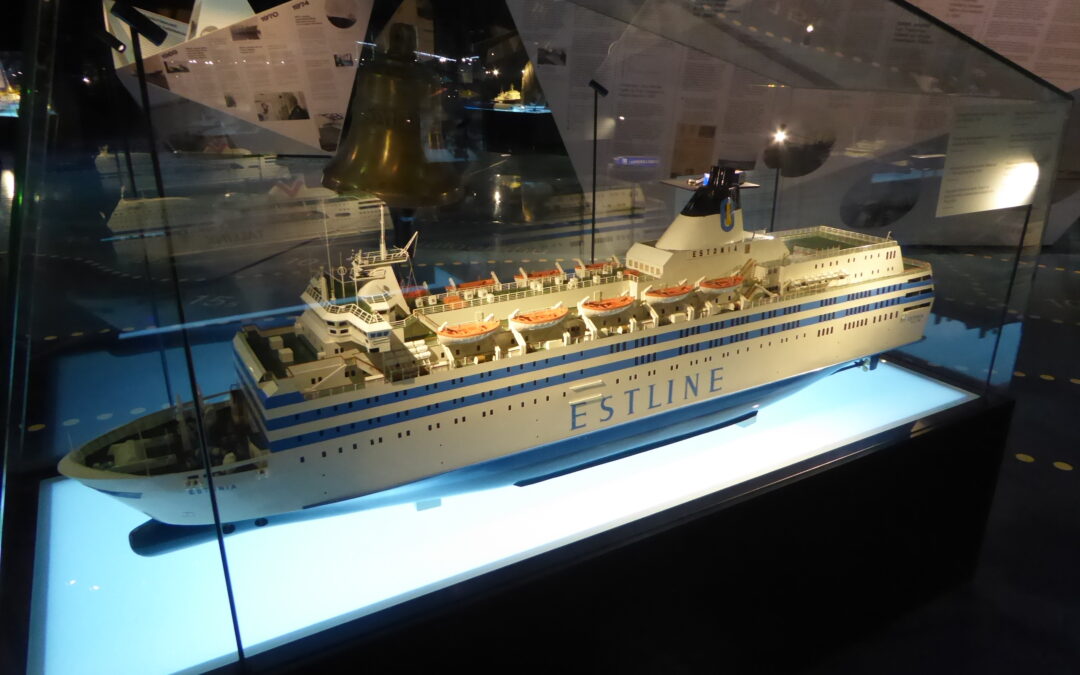Researchers from Sweden and Finland completed a new investigation into the 1994 sinking of the ferry MS Estonia on Sunday. With 852 deaths, it was the largest European maritime disaster since the Second World War. The dives are part of a preliminary study for a larger investigation that must be completed in 2022.
The Estonia sank on 28 September 1994 during a heavy storm in the Baltic Sea on its way from Tallinn to Stockholm.
Earlier research a few years after the catastrophe showed that the Estonia probably went down due to problems with the bow visor, although all sorts of alternative theories about the cause continued to circulate. These range from a collision with a submarine to an explosion on board.
Also read: ‘Estonia ferry disaster caused by collision with submarine’
Holes in the hull
The discussion about the cause of the disaster received a new impulse last year when a documentary with new images of the disaster site was shown. Documentary makers showed images of two large holes in the hull of the sunken ferry.
But new investigations were not immediately possible because the disaster site had a protected status as a mass grave. After the rules had been changed, a new official investigation could start after all.
Picture: Model of MS Estonia (by Leif Jørgensen).
Source: ANP








